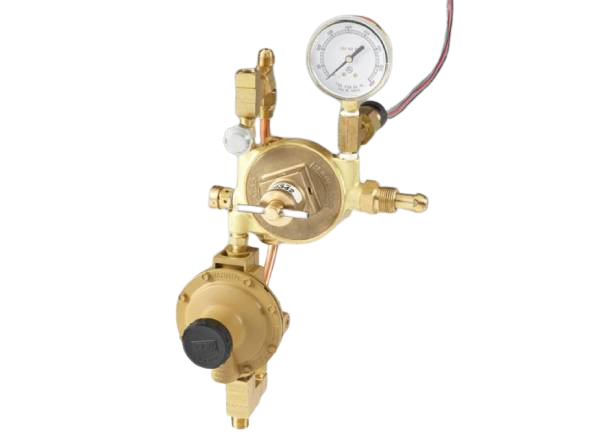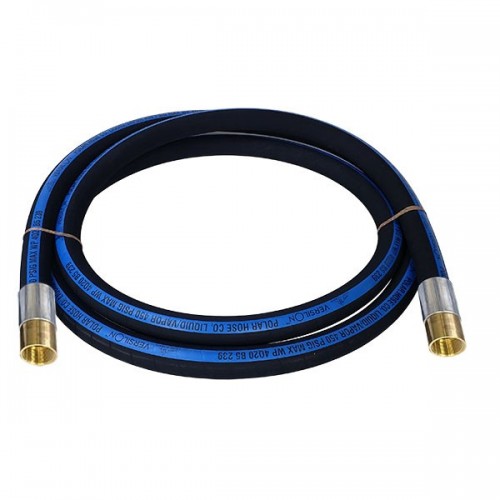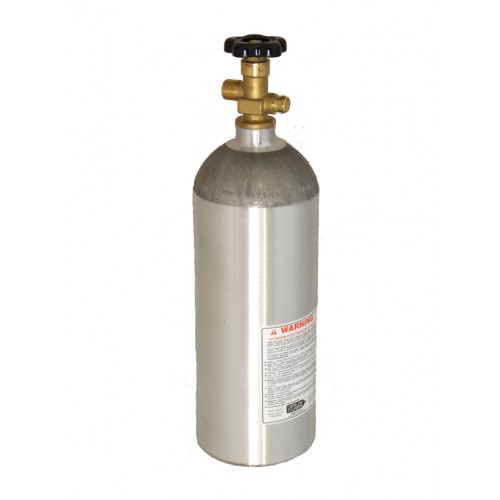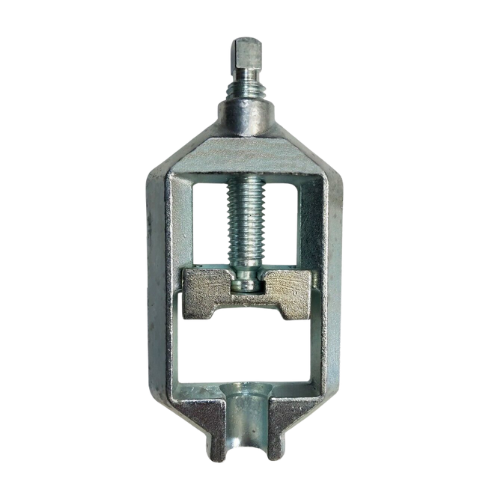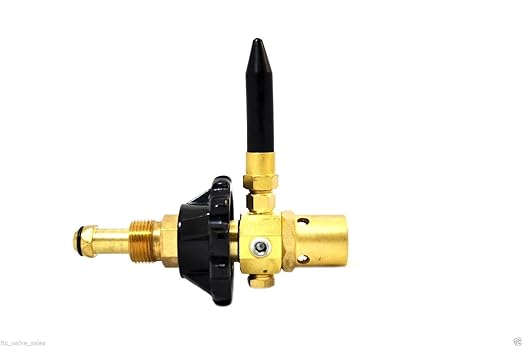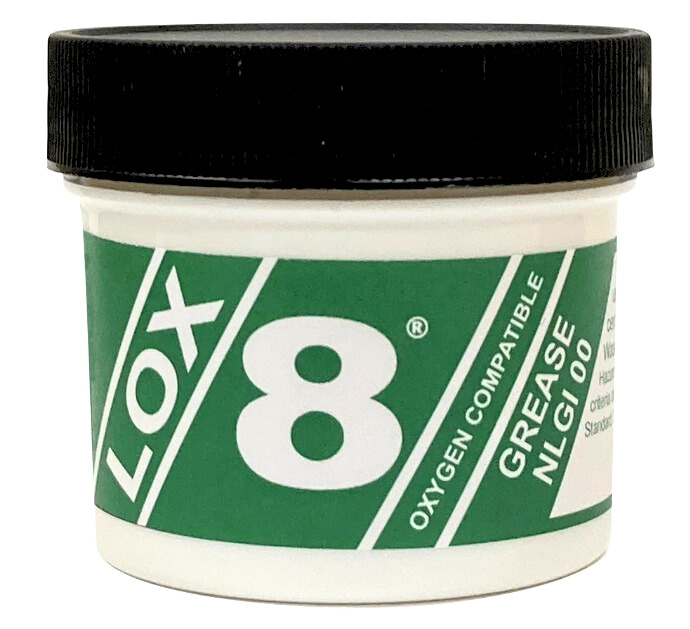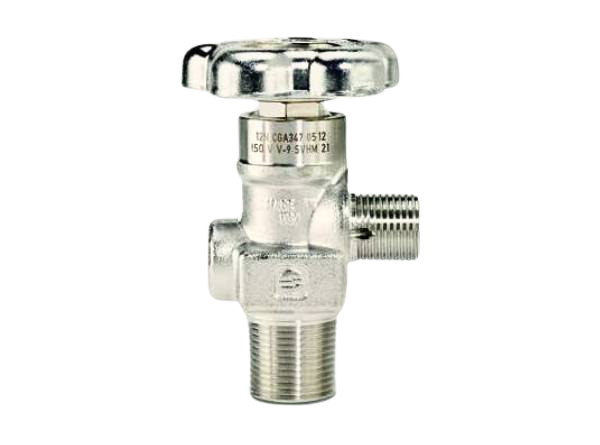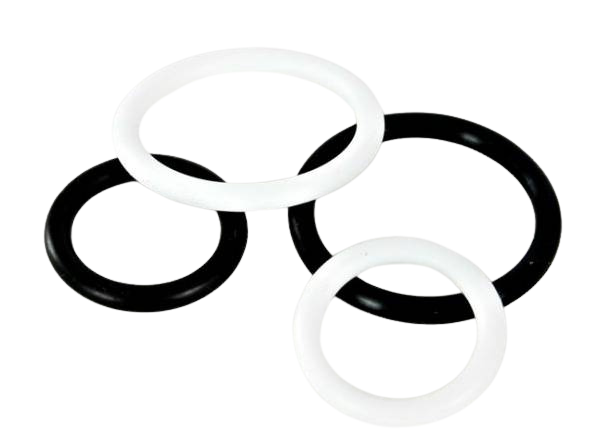We use cookies to make your experience better. Read more
- January 02, 2024
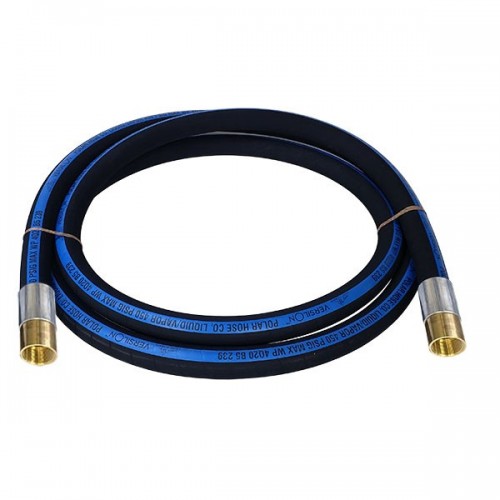
In the past, hoses manufactured with rubber were designed for hydraulic uses. But when these hoses were exposed to carbon dioxide, they could not hold out against deterioration. On inspecting reasons for this,it was found that the reinforcing braids and fittings made from carbon steel were susceptible to corrosion from the carbonic acid (formed from combination of CO2 and moisture). This led to cracks in the hoses due to cold temperatures associated with the CO2 transfer.
Some time later, stainless steel hoses were introduced. These proved better than their predecessors at remaining flexible in the cold, but were much harder and heavier. Additionally, corrugation inside the metal hoses sometimes trapped solid CO2 ice, interrupting CO2 transfer.
The latest innovation was Polar Hoses, which were specifically built for bulk CO2 transfer. The elastomer used in the manufacturing of these hoses is perfectly compatible with CO2 and low temperatures. These CO2 hoses have stainless steel braids and corrosive fittings that offer durability and strength. Polar hoses are light-weight, flexible, and have strong pipes; they are the best for bulk CO2 transfer.
JTC Valve Sales houses polar hoses that are tested to 675 psig. We offer polar hoses that have corrosion resistant brass end fittings with aluminum crimp collars. All our assemblies carry a 5 to 1 safety factor. We are trusted for our quality products and strict adherence to industry standards. If you wish to buy a polar hose now, please visit https://www.jtcvalvesales.com/categories/transfer-hoses/polar-hose.html/ or contact us at 440-346-1259. We will be happy to serve you!



